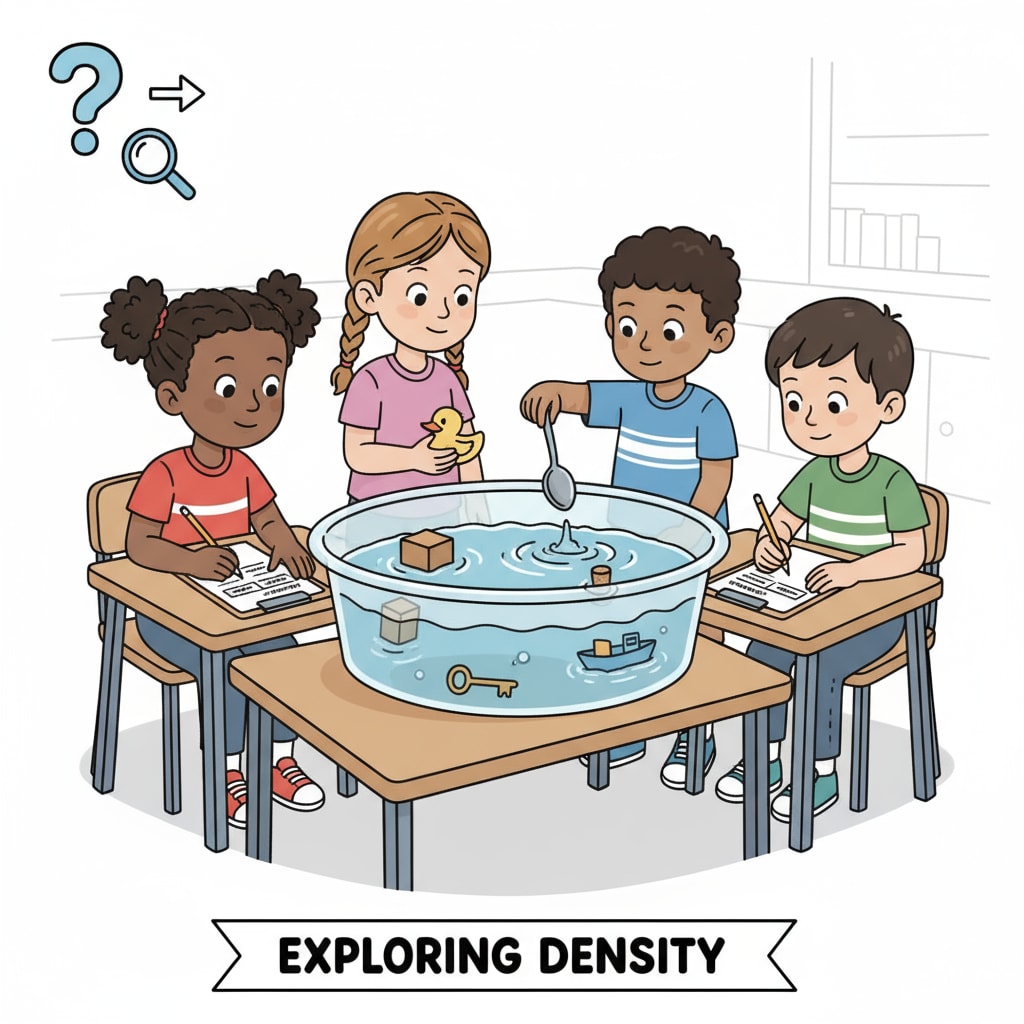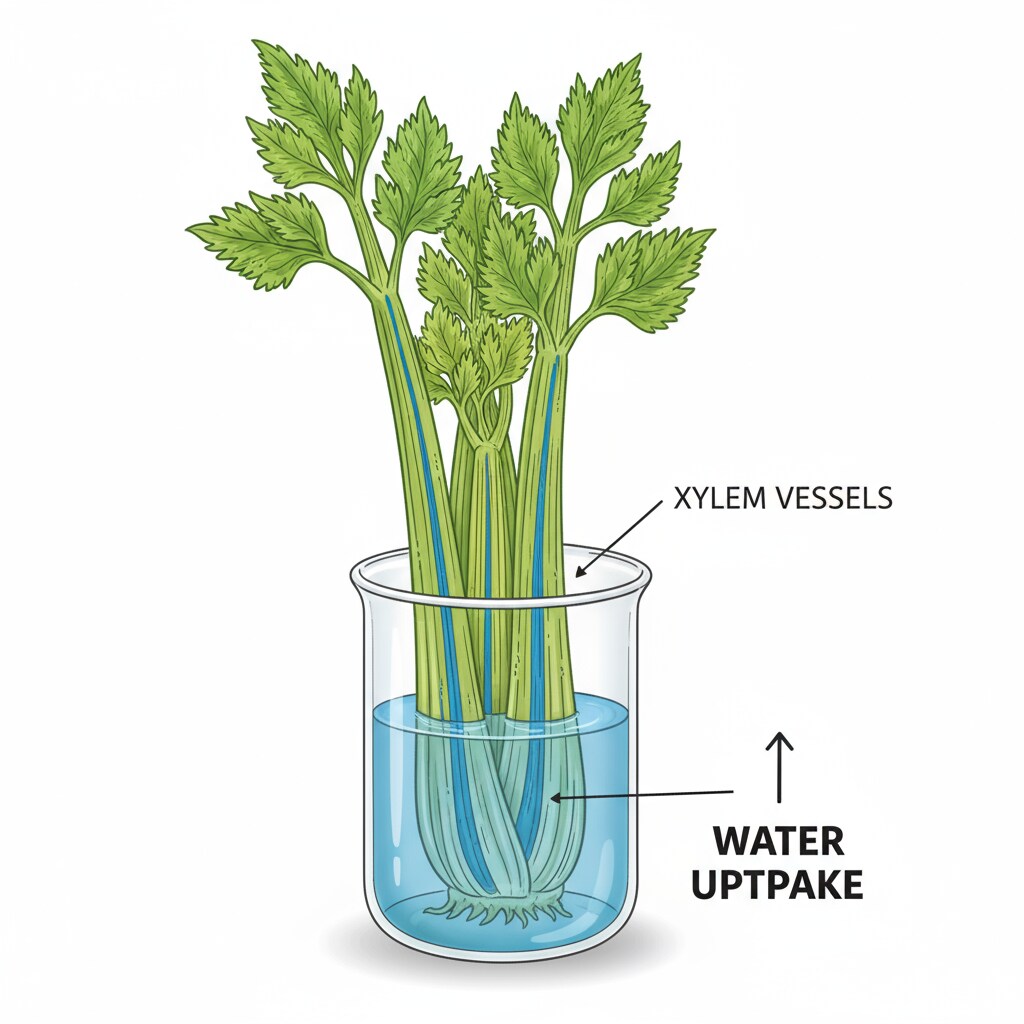Science exhibition projects, children’s experiments, and scientific methods are key elements in introducing young minds to the wonders of science. For students in the lower grades (1 – 4), these hands-on activities not only make learning fun but also lay a strong foundation for future scientific understanding. Let’s explore some simple yet exciting projects that can be great for a science display.
Float or Sink: An Introduction to Density
This classic experiment is a wonderful way to introduce the concept of density to young children. Density refers to how much mass is packed into a given volume (a simple way to think about it is how ‘heavy’ something is for its size).

Gather a collection of objects such as a small rock, a piece of wood, a plastic toy, a metal spoon, and a foam ball. Fill a large container with water. Have the children predict whether each object will float or sink before putting it in the water. Then, let them test their predictions. As they do this, they are learning to form hypotheses (educated guesses), which is an important part of the scientific method. Learn more about the scientific method on Wikipedia
Color-Changing Celery: Understanding Capillary Action
Capillary action is the ability of a liquid to flow in narrow spaces without the assistance of, or even in opposition to, external forces like gravity. This project is a fascinating way to show this concept.

Take a few stalks of celery and cut the ends. Prepare several glasses of water with different food coloring added to each (for example, red, blue, and green). Place a stalk of celery in each glass. Over the next few hours or even the next day, the children can observe how the colored water travels up the celery stalks. This is capillary action at work. The tiny tubes in the celery act like straws, pulling the water up. This experiment teaches children about observation, another crucial aspect of scientific exploration. Read more about capillary action on Britannica
DIY Flashlight: Exploring Electricity
Electricity is a fundamental concept in science, and building a simple flashlight can be an exciting hands-on experience for young students. It helps them understand how electrical circuits work.
Gather materials like a battery, a small light bulb, some insulated wire, and a cardboard tube. First, strip the ends of the wire to expose the metal. Attach one end of the wire to the positive terminal of the battery and the other end to the base of the light bulb. Then, use the cardboard tube to hold the battery and the light bulb in place. When the connections are made correctly, the light bulb will light up, demonstrating how electricity flows in a circuit. This project involves problem-solving, as children might need to adjust the connections if the light doesn’t work right away, which is part of the scientific process.
Gummy Bear Osmosis: Learning about Cell Membranes
Osmosis is the movement of water molecules from an area of high concentration to an area of low concentration through a semi-permeable membrane. Gummy bears can be used to represent cells with their semi-permeable outer layer.
Place a gummy bear in a cup of water. Leave it overnight. The next day, the children will notice that the gummy bear has grown in size. This is because water has moved into the gummy bear through osmosis. This simple experiment helps children understand the basic concept of how substances move in and out of cells, a key biological concept. It also shows the importance of making comparisons (comparing the size of the gummy bear before and after) in scientific investigations.
Readability guidance: These projects are designed to be accessible and engaging for lower grade students. They encourage hands-on learning, which is essential for understanding scientific concepts. By conducting these experiments, children are not only learning about science but also developing important skills like observation, hypothesis formation, and problem-solving. Remember, the goal in early science education is to spark curiosity and a love for learning rather than to achieve perfect results. These simple projects can be the first steps on a long and exciting journey of scientific discovery.


